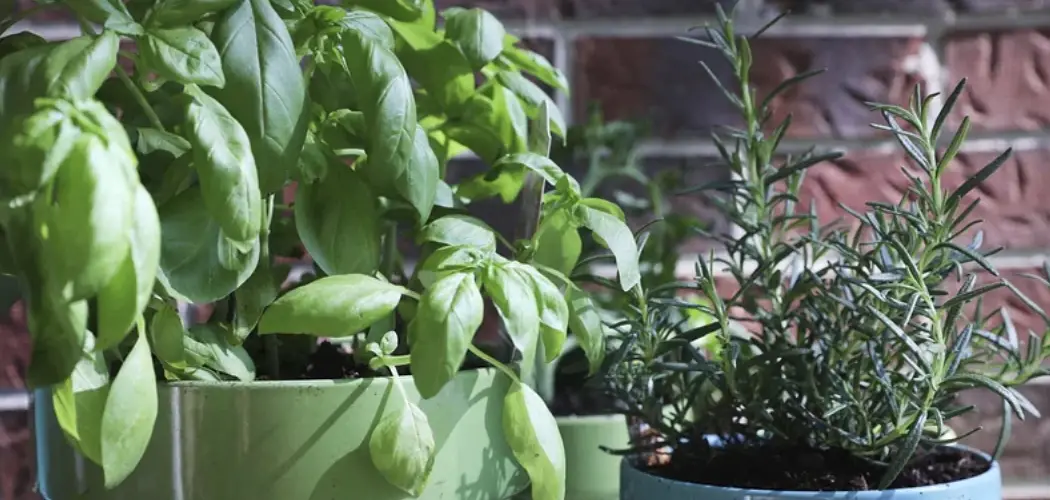Maintaining the ideal environment for houseplants becomes especially challenging during the colder months. Understanding the importance of ensuring your houseplants remain warm as temperatures drop is crucial. Cold exposure can harm plant health, slowing growth, causing leaf damage, and potentially leading to the plant’s demise. Therefore, learning how to keep houseplants warm in winter is essential for any plant enthusiast.
By understanding the impact of chilly temperatures, you can proactively protect your greenery. Strategies include moving plants away from drafty windows, using insulating materials like foam board, and considering heat mats to provide consistent warmth. Additionally, paying attention to humidity levels and adequately adjusting watering schedules can help avoid cold-induced stress. By implementing these tactics, you can ensure your plants survive and thrive throughout the winter months.
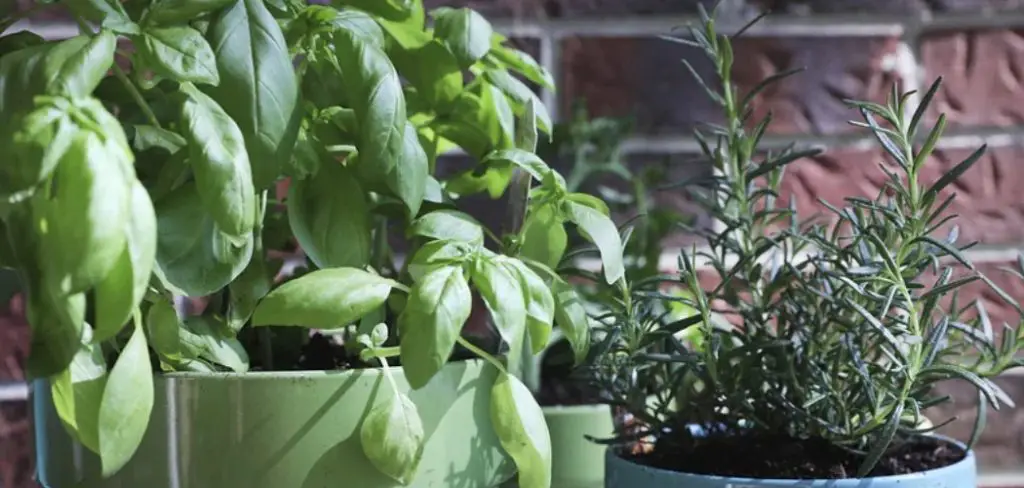
Choosing the Right Location for Winter
Relocating Plants to Warmer Spots
One of the most effective ways to protect houseplants during the winter is by relocating them to warmer areas in your home. Drafty windows and doors are common culprits of cold air infiltrating homes, leading to a significant drop in temperature that can stress plants. To counter this, move your plants away from these drafty areas to spaces with more consistent temperatures. Rooms that maintain steady warmth without sudden cold spikes are ideal locations for wintering your houseplants.
Look for interior spots or rooms that benefit from general household heating, ensuring that your plants remain cozy and healthy during the colder months.
Maximizing Natural Light
During winter, natural sunlight is limited, so making the most of what is available is crucial. South- and west-facing windows provide the best sunlight, consistently capturing direct sun throughout the day. This natural light does more than just illuminate; it also contributes to the warmth and energy plants need for photosynthesis, a process essential for their growth and vitality. Positioning your plants near these sun-rich windows, you’re helping them absorb as much solar energy as possible, crucial for their sustenance during shorter, darker days. Remember, clean windows will allow more sunlight, so keep them free of grime and dust.
Using Shelves or Stands
Elevating your plants can make a significant difference in keeping their roots warm and healthy. Rather than allowing plants to remain on cold floors or window sills that can act as cooling agents, use shelves or stands to lift them up. This elevation helps to insulate the roots from the chill and maintain a balanced temperature. Additionally, grouping plants together on these raised surfaces is not just space-efficient; it also creates microclimates that trap and maintain warmth, shielding your plants from the cold.
Adopting these strategic placements provides an environment where your houseplants can continue to flourish throughout the winter despite external chilly weather.
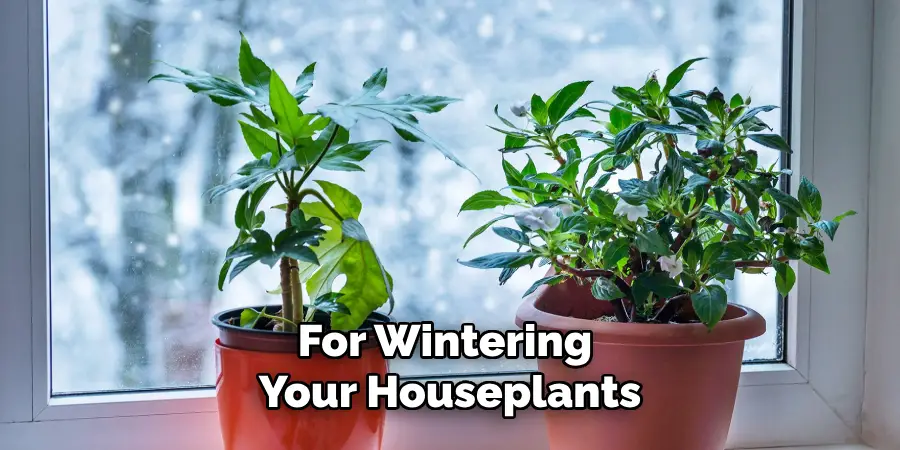
How to Keep Houseplants Warm in Winter: Regulating Indoor Temperature and Humidity
Maintaining a suitable indoor environment for houseplants during the winter is crucial for their health and vitality. The key lies in regulating both temperature and humidity levels to mimic their natural growing conditions.
Maintaining a Steady Temperature
Houseplants generally thrive in temperatures ranging between 65–75°F during the day and 55–65°F at night. Such consistency is vital during winter months, as cold drafts and heated air can create unfavorable fluctuations. It’s essential to keep plants away from direct exposure to heating systems, such as radiators, heaters, and vents, as they can lead to rapid temperature changes, causing stress that may damage foliage and stunt growth.
Instead, opt for a location that experiences a gentle warmth, ensuring plants remain comfortable in a stable temperature throughout the season. For added protection, consider insulating windows to reduce chills or using thermal curtains to help manage indoor climates effectively.
Increasing Humidity
Winter’s dry indoor air, resulting from heating systems, poses a challenge as it lowers humidity levels that are crucial for plant health. Using a humidifier can be highly beneficial in countering the drying effects and maintaining adequate moisture. This appliance can effectively increase humidity in an entire room, providing a constant and reliable moisture source. For a more localized effect, misting plants can temporarily elevate humidity around foliage, though it requires regular repetition to ensure consistent moisture levels.
Furthermore, you can place a shallow tray of water near plants. This simple method aids in increasing surrounding humidity as the water evaporates, benefiting moisture-loving varieties.
Grouping plants together is another strategic approach, as clustering them creates micro-humid environments. As plants release moisture through transpiration, these collections trap humidity, benefiting all plant members within the group. This natural method can particularly benefit tropical houseplants that are accustomed to more humid conditions.
By effectively managing the indoor climate, maintaining steady temperature, and boosting humidity levels, you can provide a thriving environment for your houseplants during the winter. These adjustments ensure the air and climate are as conducive to plant health as possible, supporting their growth and overall well-being despite the challenges presented by colder weather. Your indoor garden can flourish even in the heart of winter with thoughtful care and attention to detail.
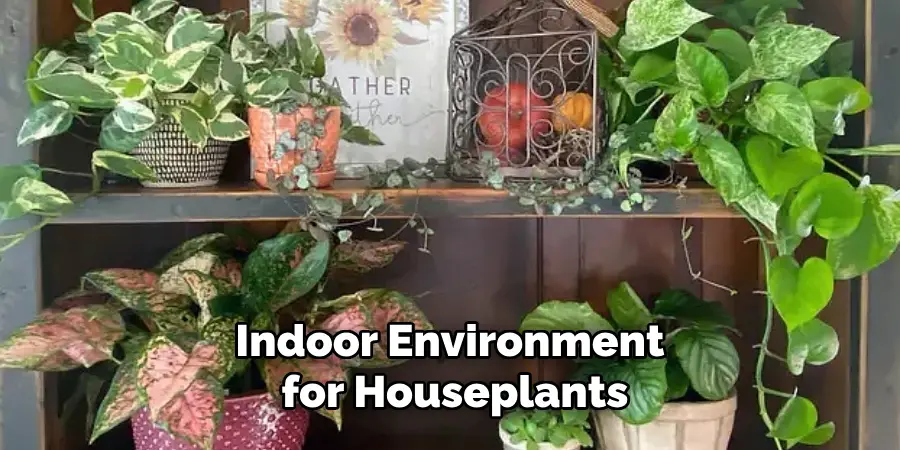
How to Keep Houseplants Warm in Winter: Using Insulation Techniques
Insulating Planters and Pots
Effective insulation can be pivotal in maintaining soil warmth and protecting houseplants from the chilling effects of winter. One practical approach is to wrap planters and pots with insulating materials like fabric, bubble wrap, or burlap. These materials offer an extra layer of protection against cold temperatures, acting as a barrier that traps heat and prevents soil from freezing. Using bubble wrap, in particular, provides the additional benefit of creating small air pockets that enhance insulation.
Another technique is to place the plant-containing pots inside a larger outer pot, creating a double pot system. This added layer of air space between pots helps further insulate the plant, offering increased warmth, similar to how double-paned windows work. This strategy provides an efficient and simple method to ensure that the soil temperature remains within a favorable range, promoting houseplants’ overall health and vitality during the bitter cold months.
Adding Mulch or Stones to the Soil
Insulating the soil itself is equally crucial in helping plants endure winter’s bite. Applying a layer of mulch or stones over the soil surface can significantly aid in conserving warmth within the root zone. Organic mulch materials, like bark or straw, provide natural insulation by trapping heat and protecting the roots. In addition to thermal benefits, these organic materials decompose over time, enriching the soil as an added advantage.
Alternatively, decorative pebbles can also be used to create a visually appealing cover that retains heat. Both options effectively shield the soil from rapid temperature drops, ensuring the root systems remain insulated against the cold. This simple yet effective measure is crucial in maintaining optimal growth conditions throughout the season.
Using Heat Mats or Warm Surfaces
Integrating supplemental heat sources into the care routine is another proactive method to safeguard plants from chilly temperatures. Heat mats, placed underneath pots, deliver a gentle and consistent warmth directly to the soil, mimicking the benefits of radiant heat. These electrical mats are especially useful for tropical plants that require consistent warmth, ensuring the soil temperature doesn’t fall below a critical level.
Beyond heat mats, strategically placing plants on naturally warmer surfaces can also offer noticeable warmth. For example, positioning pots above appliances like a refrigerator or on a heated floor can provide steady heat to the soil. These surfaces often emit residual warmth that is beneficial for maintaining a conducive environment for plant growth.
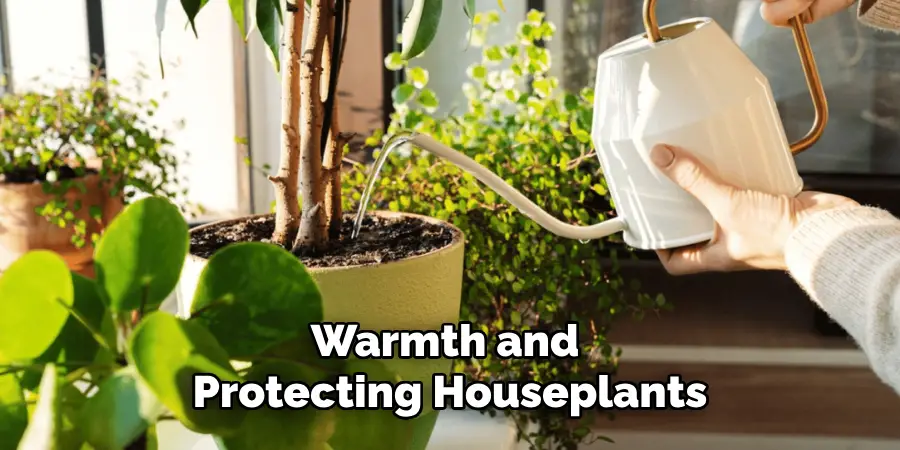
These techniques promote a stable and warm root environment during winter but also help prevent cold-induced stress, allowing your houseplants to thrive despite harsh exterior conditions. By adopting a combination of insulation techniques, heat sources, and strategic placement, you can ensure that your plants are well-prepared to endure and flourish during the colder months.
Protecting Plants from Cold Drafts and Radiators
Avoiding Drafts from Windows and Doors
Keeping houseplants safe from cold drafts is crucial for survival during winter. Drafts can expose plants to sudden temperature drops, causing significant stress and potentially harmful effects. To prevent this, regularly check around windows and doors for cold drafts. One effective way to block cold air is by using draft stoppers at the base of doors, which act as a barrier against cold air infiltration. Weatherstripping can seal gaps around windows and door frames, providing a more comprehensive draft protection.
Sealing any cracks or noticeable gaps with caulking is also beneficial to further shield against unwanted cold exposure. By ensuring your home is free from drafts, you can help maintain a stable environment conducive to plant health.
Shielding Plants from Radiators or Heaters
While it is important to keep plants warm during winter, protecting them from excessive heat emanating from radiators or heaters is equally crucial. Overheating can lead to rapid soil drying and may stress plants by causing them to lose moisture too quickly. To mitigate this, ensure that plants are placed at a safe distance from direct heating sources. This precaution helps prevent the leaves from scorching and maintains adequate soil moisture levels.
Additionally, curtains or blinds can be utilized to regulate heat levels around the plants, especially during times of direct sun exposure. Drawing curtains can shield plants from intense afternoon heat, offering them a more gentle, ambient warmth. By carefully managing plant placement and using administrative tools such as curtains, you can provide an optimal balance of warmth and moisture, encouraging healthy growth even in heated indoor environments. These protective strategies allow your houseplants to thrive safely without adverse effects from winter’s chill or artificial heat sources.
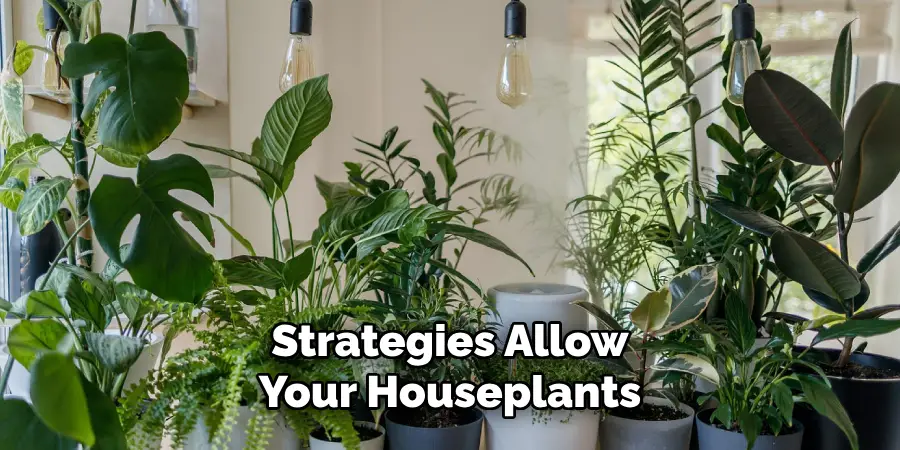
Conclusion
Houseplants require attentive care to remain vibrant during the cold winter months. Ensuring they stay warm and comfortable is indispensable for their health and vitality. By implementing strategies such as insulation, utilizing heat mats, and managing their environment, you can effectively safeguard your plants against winter’s bitter conditions. As you continue to monitor your plants closely, remain observant of their responses and adjust care methods as needed to suit individual requirements.
Remember, knowing how to keep houseplants warm in winter is key to their survival. As spring approaches, gradually reintroduce your plants to brighter light and outdoor conditions. This gentle adjustment ensures they thrive through the changing seasons, keeping them robust and healthy year-round. Through these diligent practices, your houseplants will not only endure winter but emerge into spring flourishing and ready to grow anew.
About
Angela is the chief editor of Indoorense. She began her career as an interior designer before applying her strategic and creative passion to lifestyle and home.
She has close to 15 years of experience in creative writing and online content strategy for housekeeping and cleaning,home decorations as well as other efforts.
She loves her job and has the privilege of working with an extraordinary team. She lives with her husband, two sons, and daughter in Petersburg. When she’s not busy working she spent time with her family.

